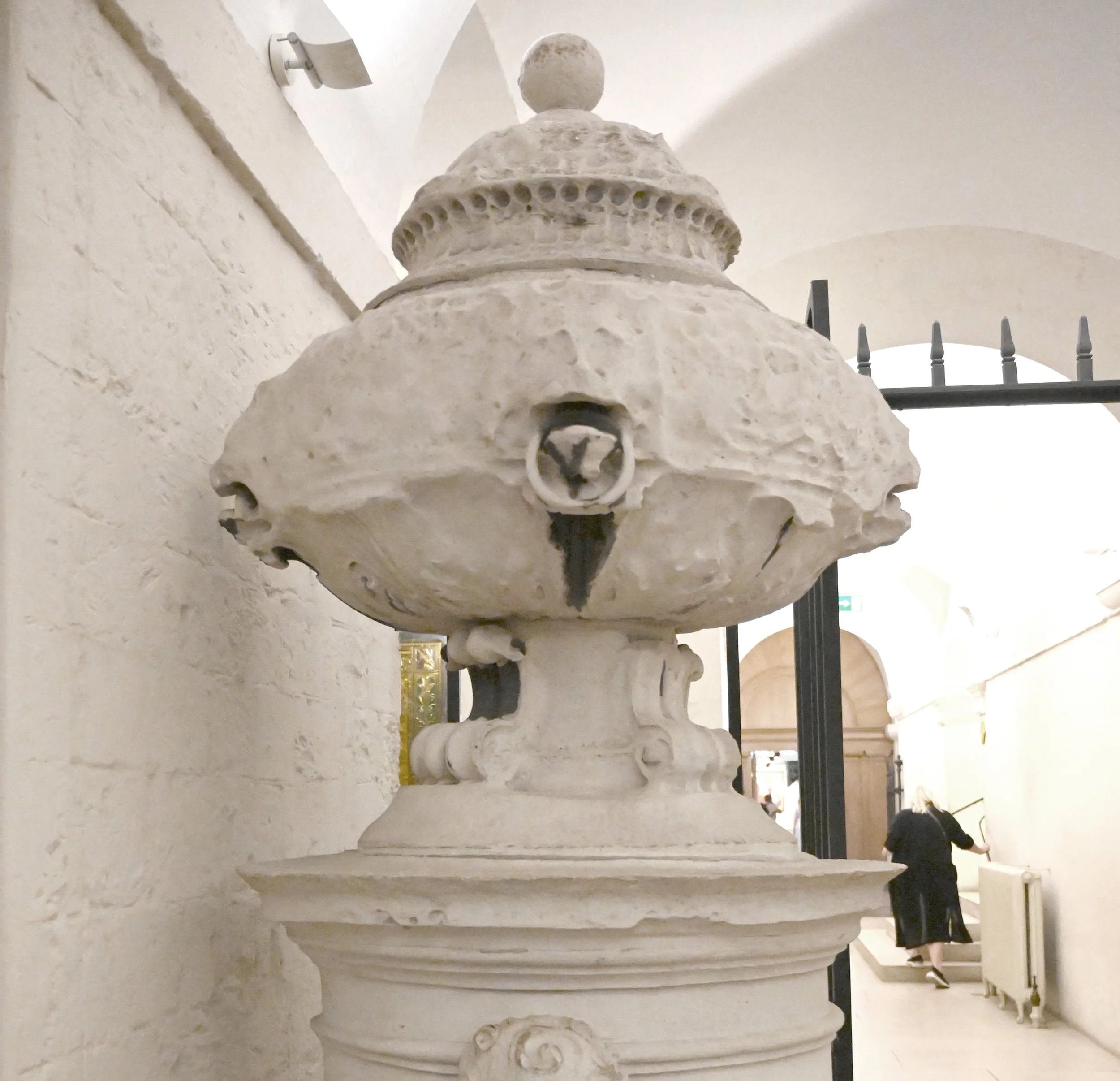Visit to London
Portland stone can be found in classical buildings as far flung from Dorset as the wilds of Fermanagh. But to understand its enduring appeal it is necessary to begin in seventeenth and early eighteenth-century London, STONE-WORK’S destination in May. It defines the city as much as travertine does Rome. First deployed at scale in the Wren churches built during the Restoration, it was then still a largely new material to the city, except for its earlier use in various buildings by Inigo Jones. As with Wren’s St Paul’s, not all the stone used in these churches was Portland but it is always the most carefully deployed. Its creamy white colour made it the best material to express the clean lines of Wren’s classical detailing. Now roughly jostled by bigger, more uncouth neighbours, few groups of buildings have sustained so wretched and sustained an assault and remained standing. While the blitz saw many hollowed to a shell, it was the shells themselves – including, most importantly, the outer casing of Portland – that gave cohesion to the group and enrichment to the streetscape. The tower of St Mary-le-Bow, the first of Wren’s churches to be erected after the fire in 1666, is astonishingly ambitious; the range of articulation in its architectural parts and its extensive sculptural enrichments placed huge demands on the stonemasons. Thomas Cartwright and his team were deservedly proud of their work. All of these churches orbit St Paul’s, Wren’s grandest deployment of Portland.


In its vastness and complexity, it belies any simple characterisation. The masonry was the work of a multitude of contractors working simultaneously yet cohesively on different parts of the building. Various levels of detail and carved enrichment work in tandem and the high quality of execution is visible in every part. We are blessed to see it. For much of its life it has been covered in a thick black grime. This has often required more than mere cleaning; generations of stonemasons and carvers have quietly conserved and often replaced eroded elements. In the crypt it is possible to see one of the original but now decommissioned Portland stone urns from the south entrance, its once crisp carved detailing now bearing the appearance of melted ice cream. The beautifully weathered Portland capitals of the lantern, high above the street, show what harsh exposure can do. Replacement is inevitably piecemeal making the process difficult to chart but it reveals an edifice ultimately resting on an intangible foundation of intergenerational craft skills.
Besides St Paul’s, Greenwich Hospital represents the most sustained use of Portland on a large scale in early modern London. The Queen’s House, in white, but not all stone, quietly sets the stately tone. How dull these long hospital ranges might have been in lesser hands. But Wren and Hawksmoor found a way to formulate the elevations into a monumental complex of unsurpassed grandeur. Paired Portland columns, a favourite structural motif of Wren, stand to attention in matching colonnades across the great court; each column assembled from three drums cut to precise dimensions to match their neighbours. Such uniformity in block size must have pushed the Portland quarrymen to their limits.

